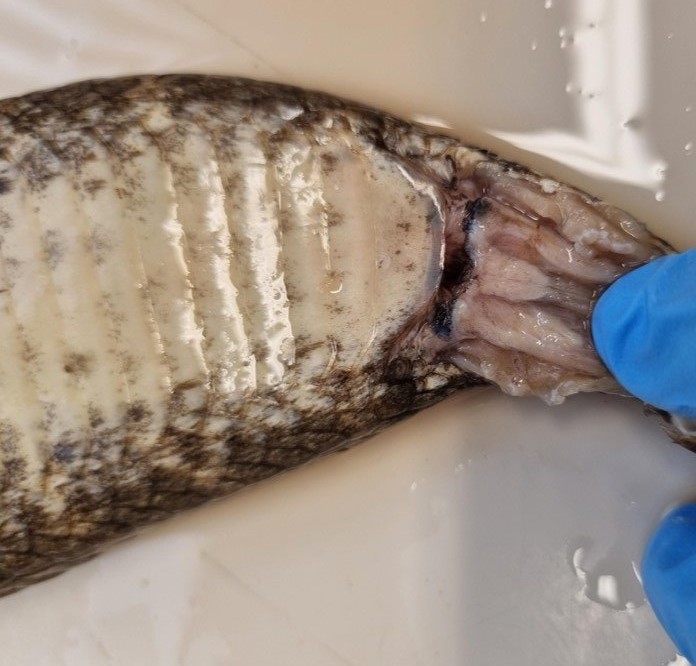Media release
From:
Researchers find the snake clitoris
An international team of researchers, led by the University of Adelaide has provided the first anatomical description of the female snake clitoris, in a first-of-its-kind study.
PhD Candidate Megan Folwell from the School of Biological Sciences, University of Adelaide, led the research.
“Across the animal kingdom female genitalia are overlooked in comparison to their male counterparts,” said Ms Folwell.
“Our study counters the long-standing assumption that the clitoris (hemiclitores) is either absent or non-functional in snakes.”
The research involved examination of female genitalia in adult snake specimens across nine species, compared to adult and juvenile male snake genitalia.
Associate Professor Kate Sanders, School of Biological Sciences, University of Adelaide, said: “We found the heart-shaped snake hemiclitores is composed of nerves and red blood cells consistent with erectile tissue - which suggests it may swell and become stimulated during mating. This is important because snake mating is often thought to involve coercion of the female – not seduction.”
“Through our research we have developed proper anatomical descriptions and labels of the female snake genitalia. We can apply our findings to further understand systematics, reproductive evolution and ecology across snake-like reptiles, such as lizards.”
The study was published in the Proceedings of the Royal Society B Journal.
“We are proud to contribute this research, particularly as female genitalia across every species is unfortunately still taboo,” said Ms. Folwell.
Associate Professor Sanders added the research would not have happened without Ms Folwell’s fresh perspective on genital evolution.
“This discovery shows how science needs diverse thinkers with diverse ideas to move forward,” she said.
The snakes studied included the Acanthophis antarcticus (also known as the Death adder), Pseudechis colleti, Pseudechis weigeli, and Pseudonaja ingrami (native to different parts of Australia), the Agkistrodon bilineatus (native to Mexico and Central America as far south as Honduras), Bitis arietans (native to semiarid regions of Africa and Arabia), Helicops polylepis (from Estación Biológica Madre Selva, Peru), Lampropeltis abnormal (from Los Brisas del Mogoton, Nicaragua), and Morelia spilota (native to Australia, New Guinea (Indonesia and Papua New Guinea), Bismarck Archipelago, and the northern Solomon Islands.)
Holyoake College in Massachsuets, the School of Agriculture at La Trobe University, the South Australian Museum, and the Museum of Ecology and the area of Ecology and Evolutionary Biology at the University of Michigan, also contributed to this research.
Multimedia




 Australia; VIC; SA
Australia; VIC; SA



